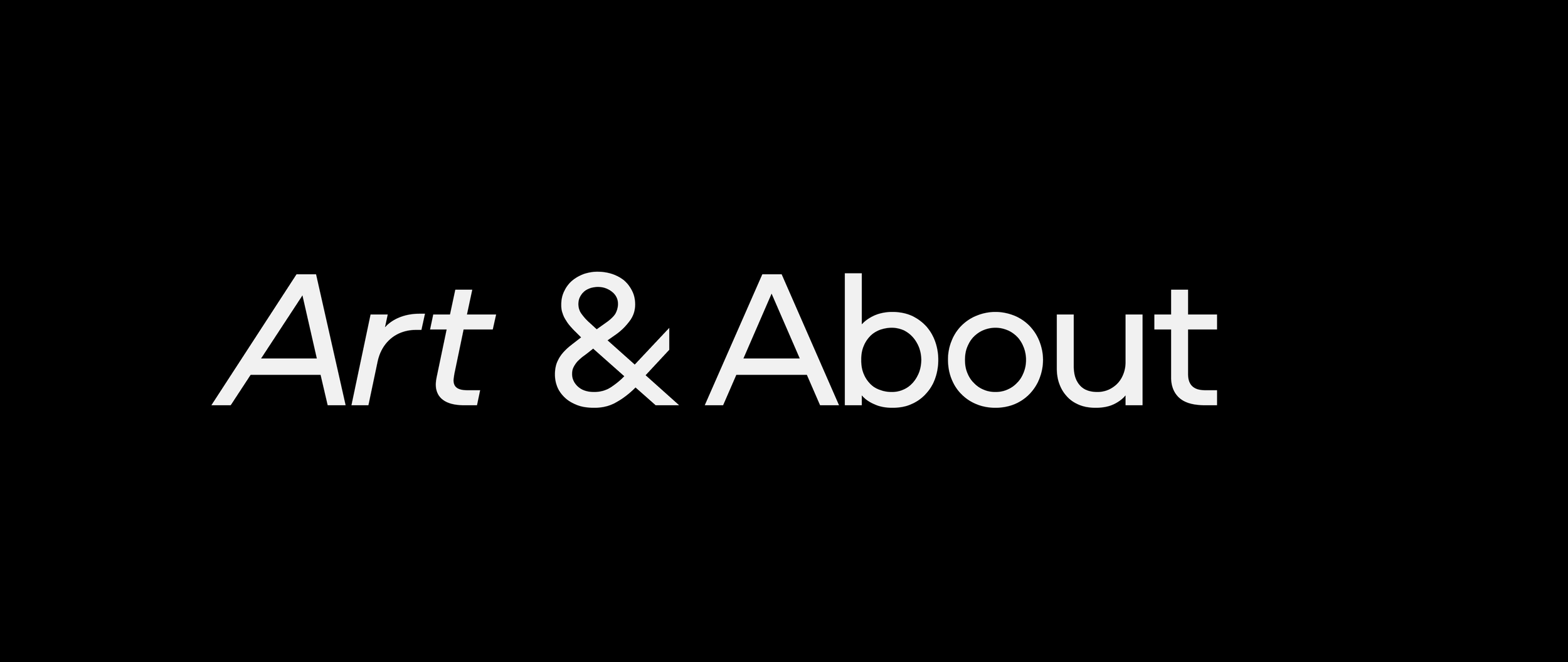Joy Feasley’s work takes inspiration from the magical optics of the natural world such as the aurora borealis, phosphenes, will-o’-the-wisp, and bioluminescent creatures. Included in the exhibition, lyseslukker, Danish for candle-snuffer, will be new paintings, as well as silkscreen on photographic prints that are set between land and sky, or physical and spiritual planes. Intimate and small-in-scale, Feasley’s paintings reveal a distinct logic and pattern, hinting at some unseen, underlying structure to the universe.
Through painting, Feasley connects with the world and what can be found when one stargazes or searches for mysteries and meaning. A contemporary symbolist, she depicts the invisible and unexplainable–emotions, theories, things at the edge of perception and those things too big to comprehend. Feasley’s lodestar is the experience of phosphenes, the seeing of light with eyes closed. In this meditative moment, the colors and shapes that appear in the darkness might be understood as evidence of the existence of a parallel universe or proof of the seer's spiritual awakening. Feasley draws from the practices of the occult and pagan magic, as well as belief systems where the cycles of seasons and life carry profound sacred meaning. The aesthetics of the Pennsylvania Dutch and the United Society of Believers (more commonly known as the Shakers), whose commitment is to the pursuit of perfection and understanding through work and deeds, are both prominent influences. Personal observations and direct experiences—a trip to Norway, mushroom hunting, and a regular practice of long walks in the woods to connect with nature—also inform the work.
Mager discs or color wheels occur throughout the work and are a direct reference to a tool used by clairvoyant water diviners that utilizes color to determine the quality of water. Candles swirl up to the heavens, alluding to an anonymous engraving from 1571 that portrays the aurora borealis over the town of Kuttenberg, Bohemia as candles in the sky. Hex signs, magical barn adornments of the Pennsylvania Dutch countryside, symbolize good luck and abundance. Radiating lines reference the sun and black holes, as well as the Hieronymous Bosch painting, Ascent to Heaven.
Feasley’s earnest inquiry yields a picture plane filled with Sehnsucht, sadness, longing, enthrallment and ecstasy, resulting in works that can be understood emotionally as well as visually. Hers is an enchanted world view.
The exhibition will also feature a new collaborative body of photographic prints made with Paul Swenbeck. A narrow palette of grey and silver reminiscent of antique silver prints or photographs links the work to 19th and 20th century spirit photography that offered proof of ghosts or spiritual beings. Flashes of light appear against photographs of the landscape made by Swenbeck using a prism that reveals shifts in perspective and vibrant spectrums of color.
Joy Feasley (b. 1966, Buffalo, NY; lives and works in Philadelphia, New York and Maine) studied at Massachusetts College of Art, Cooper Union, and the School of the Museum of Fine Arts, Boston. Most recently, Feasley and Paul Swenbeck presented Out, Out Phosphene Candle at the John Michael Kohler Arts Center, Sheboygan, WI and Will o’ the Wisp at the Center for Maine Contemporary Art, Rockland, ME. Feasley’s work has also been exhibited at the Fabric Workshop and Museum, Moore College of Art, Temple Contemporary Gallery, the Institute of Contemporary Art at the University of Pennsylvania, Pennsylvania Academy of Fine Arts, Vox Populi, all Philadelphia, PA; Columbia College, Chicago, IL; LUMP Gallery and Contemporary Art Museum, Raleigh, NC. Feasley's work is included in the collections of the Pennsylvania Academy of the Fine Arts, the Philadelphia Museum of Art, and the West Collection. She has been in residence at the Acadia Summer Arts Program, Bar Harbor, ME, the 18th Street Arts Center Santa Monica, CA and the Arts/Industry Residency Program Kohler, WI. In 2011, she was awarded a Pew Fellowship in the Arts. Feasley and Paul Swenbeck recently completed a major permanent installation for the Art Preserve of the John Michael Kohler Arts Center and are currently in residence at Stelo Arts, Portland and Colton, OR.
Hours: Wednesday through Saturday, 11am-4pm
